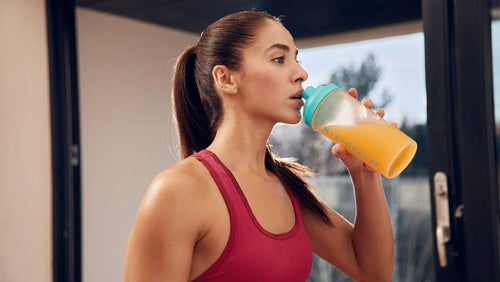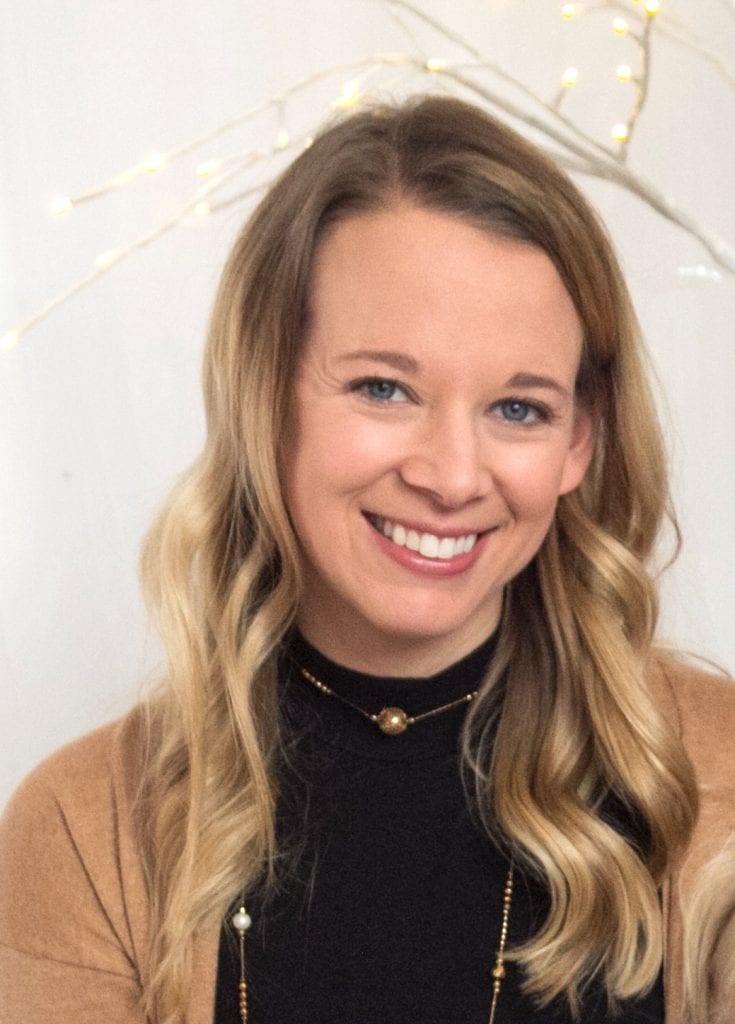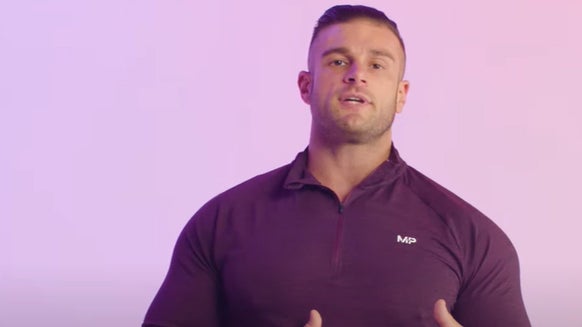Creatine Loading Or Cycling? And How Much Per Day?

So, you’ve decided to take the plunge and add creatine to your supplement routine. But one of the most important factors to consider is when to take creatine to suit your goals.
If you’ve researched creatine before, you’ve likely come across “creatine loading” and “creatine cycling”, but some of the information on them can be a little confusing. We’re here to sort through the confusion, and help you figure out how to make creatine work for you.
Whether ‘cutting’, ‘lean mass gaining’ or simply in search of performance or health enhancement, creatine has its place, but what is the best way to elicit these adaptations? Let’s take a look…
- Creatine Loading
- Benefits of Creatine Loading
- Creatine Cycling
- Pulse Loading
- Multiple Dosing
- When Should You Take Creatine?

Creatine Loading
The idea behind creatine ‘loading’ is to increase the body’s stores as quickly as possible. For a loading phase you’d consume multiple doses per day for about 5-7 days to maximize the amount in your muscles. After this time, you can take a maintenance amount to keep your levels high over time.
The loading phase can mean consuming up to 20-25g per day in multiple 5g doses; however, the research shows that consuming more than 25g does not show any significant impact.
Benefits of Creatine Loading
There are many benefits to the ‘loading’ protocol:
Muscle stores increase to their max levels Research shows an increase in power (repetitions at max effort with less recovery) 2 Increased production of energy and resynthesis of phosphocreatine, to get you ready for your next workout 2
‘Loading’ is currently held up as the optimal approach, believed to induce the greatest adaptations, however, it’s worth noting that this is more than likely linked to the fact there are far vaster quantities of research into ‘loading’ compared with other protocols.
The Steady Approach
Although ‘loading’ is proclaimed as the gold standard, when studies have compared it to a steadier approach (5g.day) the differences are actually minimal beyond the initial 28-day phase. This is due to the steady 5g.d intake taking ~28 days to maximise muscle stores at 160mmol.kg.
Creatine Cycling
The other option often banded about gyms is creatine ‘cycling’. Broadly speaking there are 2 protocols: ’12 weeks on, 2 weeks off’ and ‘Pulse Loading’.
Pretty much exactly what it says. 12 weeks supplementation of 6g per day, followed by a 2 week ‘washout’ period. This theory is more in tune with earlier studies into Creatine, where cycling was advocated to allow the kidneys a ‘rest’ from increased Creatine levels.
The major issue here is a lowering of stored PCr and Creatine levels in the muscle during the 2 week ‘washout’. Although, levels will not quite reach baseline, it’s worth considering that it takes ~28days to maximise muscle stores when not following a ‘loading’ phase, so ~1/3 of supplementation may simply be ‘refilling’ muscle stores.
However, if you feel more comfortable cycling then there is no significant detriment to adaptations, merely allow a longer timeframe to achieve them.
Pulse Loading
Pulse loading is another form of creatine cycling that involves a 3-5 day load of 20-30g.d, taken in 4-6 servings, spread 3 hours apart. This is repeated every 3-4 weeks, aiming to maximise skeletal muscle PCr and Creatine stores.
Although levels will remain elevated, the infrequency of intake means stores will inevitably drop. As such this method is seen as less than optimal.
Multiple Dosing
One relatively new approach is to load with 20 x 1g doses, taken every half hour for 5-7 days.
Recent research has linked this with a more rapid muscle uptake of PCr and Creatine. This approach is still in its infancy and requires further investigation.
Additionally, although potentially exceptionally efficient, it seems impractical for the average gym-goer, and more relevant for pro athletes.
When should you take Creatine?
The short answer is that as of yet there is no certain ‘best’ time to take creatine. The most important component of a creatine regimen is consistency in your approach to maximize and maintain your levels.
On training days, however, in and around training is considered optimal. This is where we begin to see the contrast. While recommendations vary around whether to take it before or after a workout, it’s often recommended in multiple small doses and can easily be included in your pre and post workout regimens.
What
Want more info on when to take creatine? Read this next:

How To Take Creatine | Best Uses For Your Fitness Goals
All your must-know creatine knowledge and which you should be taking.
Take Home Message
A new creatine user should focus on a loading phase to first maximise their muscle stores, and then maintain their stores with a lower dose on a regular basis. Creatine cycling can be done in a variety of ways, but it’s most important to be consistent to keep your muscle stores at their max levels to see the greatest benefits. While consuming creatine with carbs can help with absorption, it’s up to you whether you take it before or after your workout.
However, it does seem sensible to take a break if for example, you’re on holiday, and training, nutrition, etc. has been relaxed.
No adverse effects have been found on renal function or endocrine enzyme activity in healthy individuals (those with no underlying/prior illnesses).

Does Creatine Cause Weight Gain? | Your Questions Answered
Get to know this gains building supplement.

How To Take Creatine | Best Uses For Your Fitness Goals
All your must-know creatine knowledge and which you should be taking.

Does Creatine Really Make You Gain Fat?
It's time for some myth-busting...

Claire is a Registered Dietitian through the Academy of Nutrition and Dietetics and a board-certified Health and Wellness Coach through the International Consortium for Health and Wellness Coaching. She has a Bachelor of Science in Biology and a Master’s degree in Clinical Dietetics and Nutrition from the University of Pittsburgh.
Talking and writing about food and fitness is at the heart of Claire’s ethos as she loves to use her experience to help others meet their health and wellness goals.
Claire is also a certified indoor cycling instructor and loves the mental and physical boost she gets from regular runs and yoga classes. When she’s not keeping fit herself, she’s cheering on her hometown’s sports teams in Pittsburgh, or cooking for her family in the kitchen.
Find out more about Claire’s experience here.






